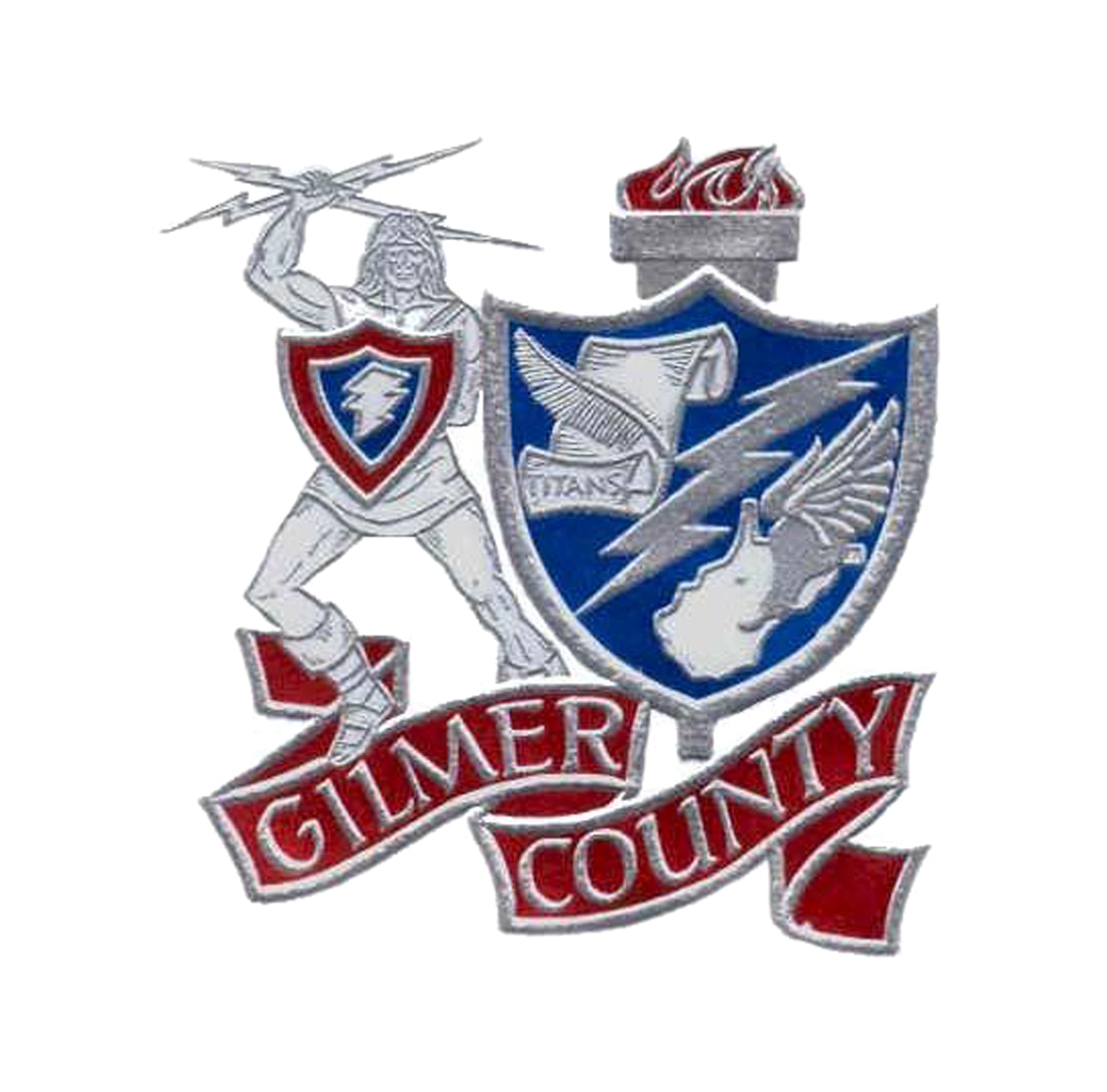Glenville, February 12, 2024 – Students at Gilmer County High School were selected as winners of NASA’s TechRise Student Challenge. The team of 7th and 8th grade students is one of just 60 winners nationwide who were announced in late January.
Gilmer County High School students will fly a payload on a High-Altitude flight as part of NASA's TechRise Student Challenge. The team submitted a proposal for an “Autopiloted Return Paraglider for High-Altitude Ballooning Missions.” Like most scientific inquiries, the project began with an exploration of an existing problem. While studying the engineering design process, students realized a persistent problem that presented itself when scientists endeavored to obtain scientific data from high-altitude balloons. Sometimes, the balloons pop and everything falls to the ground; the resulting debris can leave payloads in water, tall trees, and in roadways. Thus, the team designed a high-altitude weather balloon that could guide itself back to a specific position on the ground. The purpose of the vehicle is to find a cost-efficient and easy way for scientists to use paragliders in future ballooning missions when they gather scientific data.
The competition was brought to the attention of Mrs. Ashley Barker – the STEAM Lab Coordinator and teacher at GCHS – by Ms. Natalie Fout, a GSU student observer. Barker’s STEM classes worked in groups to create designs for the balloon prototype. In the end, the best elements of the designs were combined and submitted for the challenge. Two groups of students who demonstrated exemplary contributions to the design were selected to represent GCHS. Maci Smith, Landon Hartshorn, Carter Isenhart, and Jerren Hutchins were chosen from the 7th grade while Adalai Chapman, Kenley Hartshorn, Ryker Spears, and Preston Greenlief were selected from the 8th.
The team is set to receive $1,500 for crafting their project, along with a flight box for its containment and ongoing guidance from mentor engineers. These mentors will aid in developing the payload, which will be launched using a high-altitude weather balloon. Through this process, students will acquire skills in coding, wiring, soldering, epoxying, and data analysis. Being chosen as winners in the challenge, GCHS students have a unique chance to gather firsthand data from a high-altitude balloon flying at 70,000 feet. The payload, currently under design, will collect data on stratospheric gases. Upon the four-hour flight's completion, the team will retrieve the payload for further data analysis.
In the upcoming future, there will be virtual events facilitating networking among winning teams, allowing them to showcase their experiments and witness the balloon's ascent into the stratosphere. Expect ongoing updates on the team's progress and their findings as the project unfolds.

